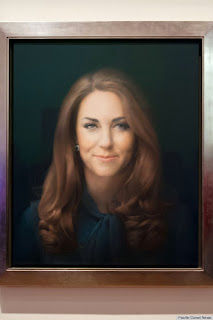Use your research to write a 500-750 word
profile of Hoepker for a photography magazine. Write up your profile on
Blogger.

Thomas Hoepker was born on June 10th 1936 in Munich, Germany. He began taking pictures when he was only 16. He used a camera given to him from his grandfather and developed prints in the kitchen and bathroom at his family’s house. He occasionally sold his pictures to classmates and friends for a little bit of money. At university he studies archaeology and art history and in class he got taught how to understand images and composition. After graduating got a job as a photographer for a German magazine where he got the opportunity to report from all over the world. After that he became a photojournalist for Sterm magazine. After that he was a cameraman for German TV making documentary films, documenting real life. He worked is his way up the careers ladder finally ending up as president for the company magnum who began distributing his work in 1964.
Hoepker is now 77 years old and he makes TV documentaries with his wife Christine Kruchen. His passion for capturing real life is still going strong.
So what about his most famous piece of work? Well this is debated to be it.
Thomas Hoepker took this picture on the 11th of September 2001. In the background you can see the major event that was happening at the time, the 9/11 twin towers terrorist attack. When the photo was first published there was huge uproar because to everyone, it looked like the subjects in the photo didn't care about the horror happening behind them. Although this perception was factually inaccurate, Hoepker personally withdrew the photo. Time passed and finally Hoepker chose to republish the image 5 years after the tragedy because the issue wasn't as sensitive to people, half a decade on, as it was to them on the day.
At a glance the photo makes it look like the subjects are just having a jolly time with no regard for the commotion happening behind them. This is further emphasized by the postures of the people. The woman on the wall seems relaxed, almost as if she’s sunbathing. The men either side of the woman are slouched and very informally positioned. The fact that they are all siting down shows that they are comfortably settled where they are, but that could be seen as if they have no regard for the catastrophe behind them.
The reality of the photo was that they were all strangers to each other, except the man and women furthest right on the wall who were dating at the time. They had all tried to get across the Williamsburg Bridge to help out with the incident but were refused entry so they had no other option than to sit and watch from a distance. They were all actually deeply affected by the situation but were completely powerless and it has been discovered that they were actually talking about what had happened, this further proves that they really cared. Walter Sipser (the man on the far right of the wall) was tracked down and has since quoted: ‘It was clear that people who ordinarily would not have spoken two words to each other were suddenly bound together, which I suppose must be a fairly common occurrence in the aftermath of a catastrophe.’






